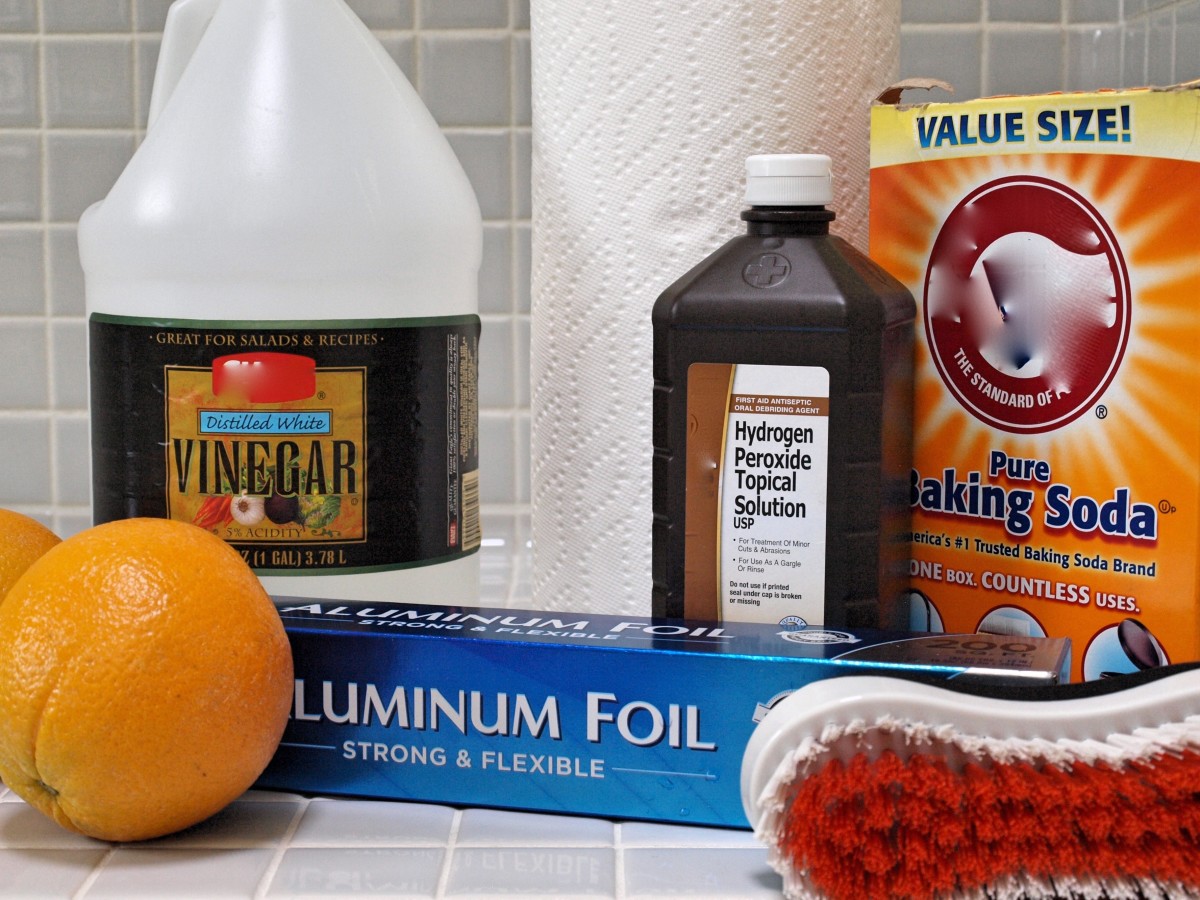The moment you smell it, a wave of dread washes over you. That unmistakable, pungent aroma of cat urine, clinging to your beautiful hardwood floors. It’s a situation every cat owner dreads, and often, a source of frustration and anxiety. You’ve tried everything from store-bought cleaners to homemade concoctions, but the odor seems to linger, a constant reminder of your feline friend’s indiscretion. But fret not, dear cat parent, because there is hope! This comprehensive guide will equip you with the knowledge and techniques to banish the odor and restore your wood floors to their former glory.

Image: dragon-upd.com
Cleaning cat urine from wood floors isn’t just about removing the visible stain; it’s about tackling the source of the smell. Cat urine contains ammonia, a potent compound that quickly penetrates wood and creates a lingering odor. Untreated, this odor can become a permanent fixture in your home, potentially attracting your cat to repeat the behavior. But armed with the right knowledge and tools, you can effectively neutralize the ammonia, eliminating the smell and preventing future accidents.
Understanding Cat Urine: The Source of the Problem
To tackle cat pee on wood floors effectively, we need to understand the enemy. Cat urine is not just a simple liquid; it’s a complex cocktail of chemicals, primarily ammonia. When it comes into contact with wood, ammonia quickly permeates the fibers, creating a deep-seated odor that’s incredibly difficult to eradicate. This penetration is exacerbated by the porous nature of wood, which acts like a sponge, absorbing the urine and trapping the odor.
The Importance of Prompt Action
The golden rule of cleaning cat urine is to act quickly. Fresh stains are significantly easier to remove compared to those that have had time to dry and penetrate the wood. The longer the urine sits, the deeper it embeds itself, making the cleaning process more challenging. In essence, the sooner you address the issue, the better your chances of complete eradication.
Step-by-Step Guide to Cleaning Cat Pee from Wood Floors
Now that we understand the challenges posed by cat urine, let’s delve into the practical steps to effectively clean and deodorize your wood floors.

Image: dragon-upd.com
1. Blot Up the Excess
The first step involves removing as much of the urine as possible. Use a clean cloth or paper towels to absorb the excess liquid. Work gently to avoid spreading the stain further. Avoid rubbing, as this may force the urine deeper into the wood.
2. Pre-Treatment for Stain Removal
Once the excess is absorbed, apply a pre-treatment solution to break down the stain. There are numerous specialized stain removers available at pet supply stores and online retailers. These solutions typically contain enzymes that break down urine proteins, targeting the source of the odor.
3. Neutralize the Odor with a Cleaning Solution
After pre-treating the stain, you need to neutralize the ammonia. This involves cleaning the affected area with a solution specifically designed to counteract the odor. A simple mixture of white vinegar and water (1:1 ratio) is a commonly recommended solution. Vinegar’s acidic nature effectively neutralizes ammonia, breaking down the odor molecules.
4. Deep Clean with a Wood Floor Cleaner
To ensure a thorough cleaning and prevent future issues, it’s crucial to follow up with a high-quality wood floor cleaner. These cleaners are formulated to remove dirt, grime, and any remaining residue without damaging the wood.
5. Dry Thoroughly
After cleaning, allow the wood floor to dry completely. Dampness can attract your cat back to the spot, encouraging them to use the area again. Use a dry towel, fan, or even an open window to accelerate the drying process.
6. Employ a Deodorizer
Even after thoroughly cleaning, a lingering odor may remain. To eliminate any lingering scent, use a specialized deodorizer specifically designed to counteract pet odors. These deodorizers contain odor-absorbing agents that help neutralize the ammonia molecules, effectively removing the smell.
Expert Insights and Actionable Tips
To further enhance your success, here are some expert insights and actionable tips:
While cleaning solutions are essential, you may also consider employing natural remedies. Baking soda is known for its odor-absorbing properties. Sprinkle a layer of baking soda over the affected area, allow it to sit for a few hours, and then vacuum it up for a natural deodorizing effect.
Consider addressing the underlying cause of the accident. Your cat may be marking territory, experiencing a medical issue, or simply acting out due to stress. Addressing the root problem can help prevent future accidents and protect your floors.
Cleaning Cat Pee Out Of Wood Floors
Conclusion
Cleaning cat pee from wood floors requires a multi-pronged approach. By understanding the nature of cat urine, acting quickly, and employing effective cleaning solutions, you can successfully remove the stain and banish the odor. Remember, a thorough cleaning and deodorizing process are crucial to restoring your wood floors and preventing future accidents. Don’t let cat urine deter you from enjoying your beautiful hardwood floors. Armed with this knowledge and the right tools, you can overcome this challenge and maintain a clean and odor-free home for both you and your feline companion.






